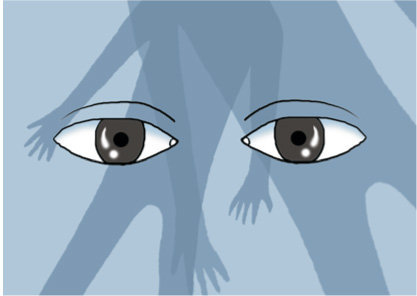How we deal with the visual sensation
How we deal with the visual sensation
Posted December. 26, 2022 07:51,
Updated December. 26, 2022 07:51


Fredric Jameson, the author of “Signatures of the Visible,” writes, “The visual is essentially pornographic.”
The sentence presented by Jameson, a Marxist follower as well as a literary critic and theorist, is placed on the first page of his film analysis essay “Signatures of the Visible.” Coming across as both shocking and intriguing, this statement makes the visual free from being judged as right and wrong. After all, anything that is visual is pornographic.
The adoption of this “disturbing” sentence at the start of the essay is not only used as a tool to surprise the readers but rather implies the notion that the world that we are living in leads us to be attracted to visual stuff as if it were a bare body that we aspire to conquer, explore and possess.
Additionally, it gives us a more serious headache that the world in question is only an artificial component we devised. The world built up by our hands pushes us into a saturated state of visual things while depriving us of all the other senses. Regrettably, we have no tool at our disposal to break this vicious cycle until the world of our own perishes. Then, what should we do?
In response, Jameson says that the only way to deal with the visual is to grasp how such a phenomenon has existed historically. He has no interest in critical viewpoints that let us idly sit and judge what is happening. Rather, he proposes that we should match our own history with visual stuff that is thought to be placed outside to remove a safety distance between the two. We are asked by Jameson not to be overwhelmed by a myriad of cheap and lewd pornographies and run away; but to make them part of history in the frame of the reality that we live in. As it may be a complicated, tricky proposal, it is worth a try.




![두쫀쿠가 뭐라고…영하 8도에 아이들 1시간 줄세운 어린이집 [e글e글]](https://dimg.donga.com/c/138/175/90/1/wps/NEWS/IMAGE/2026/01/09/133126969.3.jpg)
![지하철 타고 가는 북한산성…외국인도 반한 ‘K등산 맛집’[전승훈 기자의 아트로드]](https://dimg.donga.com/c/138/175/90/1/wps/NEWS/IMAGE/2026/01/10/133120824.1.jpg)

